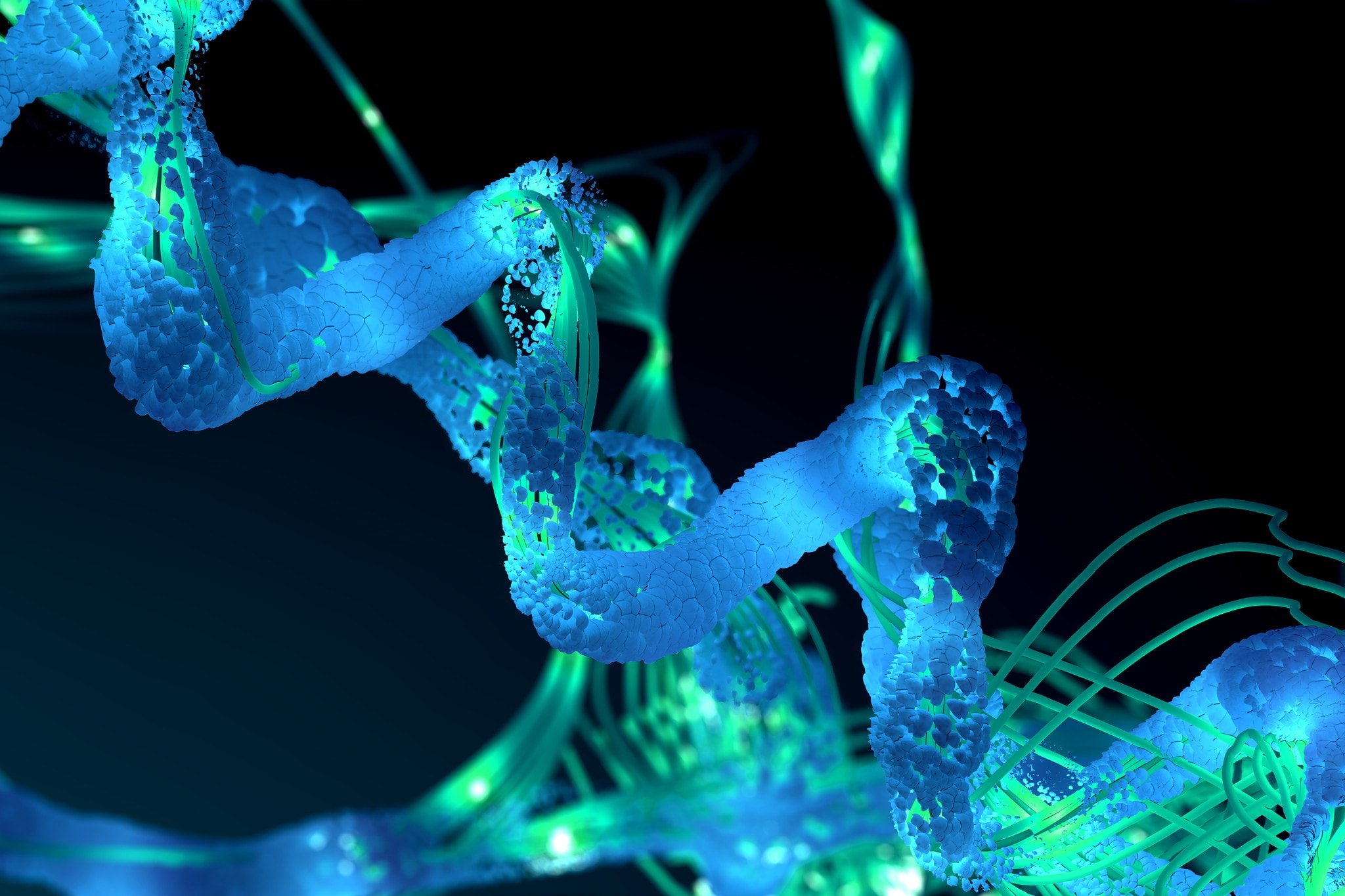Peptide mapping is crucial for the comprehensive characterization and monitoring of biopharmaceuticals. Obtaining adequate chromatographic resolution to reliably separate each digest fragment requires robust, reproducible methods with exceptional chromatographic performance.
Waters peptide mapping solutions combine automation, sample preparation, chromatographic separation, mass spectrometry, and overarching software workflows to deliver unparalleled analysis of complex protein and glycoprotein digests with high throughput. Waters qualitative and quantitative analysis solutions support effective characterization, simple method transfer, and compliance ready monitoring for routine laboratories. Meet your research and development goals with Waters rugged and robust peptide mapping workflows.
Peptide map characterization is essential for elucidating the primary amino acid structure and quality attributes of proteins, including monoclonal antibodies (mAbs) and antibody-drug conjugates (ADCs).
Following protein digestion, each subsequent peptide provides sequence information, retention time, and intensity to confirm the whole protein sequence. Waters provides powerful mass spectrometry hardware and software workflows to understand complex digest mixtures and develop methodologies fit for transfer to routine laboratories.
Peptide map characterization is essential for elucidating the primary amino acid structure and quality attributes of proteins, including monoclonal antibodies (mAbs) and antibody-drug conjugates (ADCs).
Following protein digestion, each subsequent peptide provides sequence information, retention time, and intensity to confirm the whole protein sequence. Waters provides powerful mass spectrometry hardware and software workflows to understand complex digest mixtures and develop methodologies fit for transfer to routine laboratories.
eBook: Peptide Mapping for Biotherapeutics

